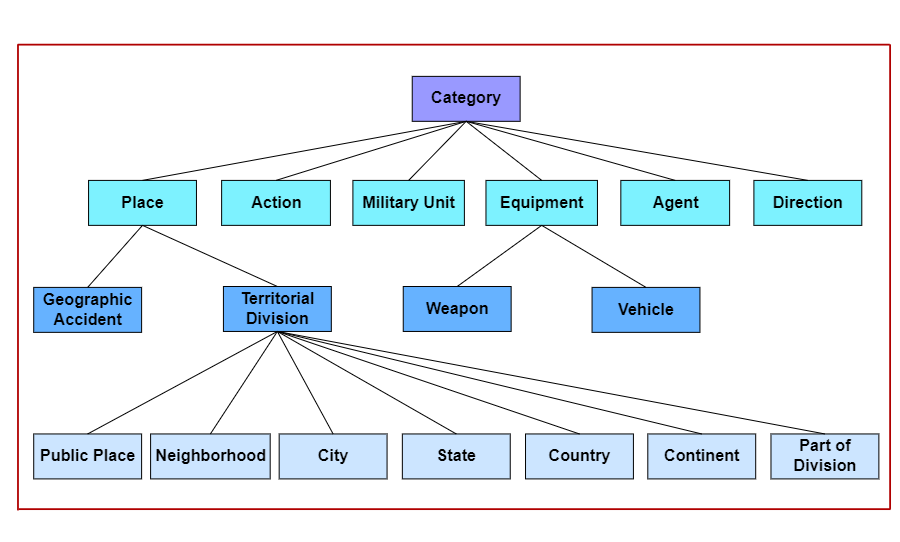> Method
The MAISC2 method aims to manipulate the elements of messages within the context of C2 to enrich them to help the recipients understand and interpret them. It has three primary stages: Parameterization, Application; and Presentation. Fig- ure 2 gives an overview of the stages of the MAISC2 method. The Parameterization stage prepares and trains a Machine Learning algorithm to perform entity recognition within the context of C2 systems at hand. This activity is not discussed in detail here, because this work focuses on the trained model’s application and our architectural requirements.
> Researchers
Flavio Mosafi
PhD student in Defense Engineering with an emphasis on Artificial Intelligence at the Military Engineering Institute (IME). Master's degree in Computer Systems at the IME.
Julio Duarte
PhD and master's degree in IT from the Pontifical Catholic University of Rio de Janeiro (PUC-Rio). He is currently a professor in the Postgraduate Program in Systems and Computing at the Military Institute of Engineering.
Maria Claudia
PhD in Systems and Computer Engineering from the Federal University of Rio de Janeiro, Brazil, in 2003. Previously, from 1985 to 2004 he worked as a systems analyst for the Federal University of Rio de Janeiro (UFRJ).
Luis Pires
PhD from Twente University of Technology (1994). He is currently Associate Professor at Twente University of Technology. He has experience in the field of Computer Science.







